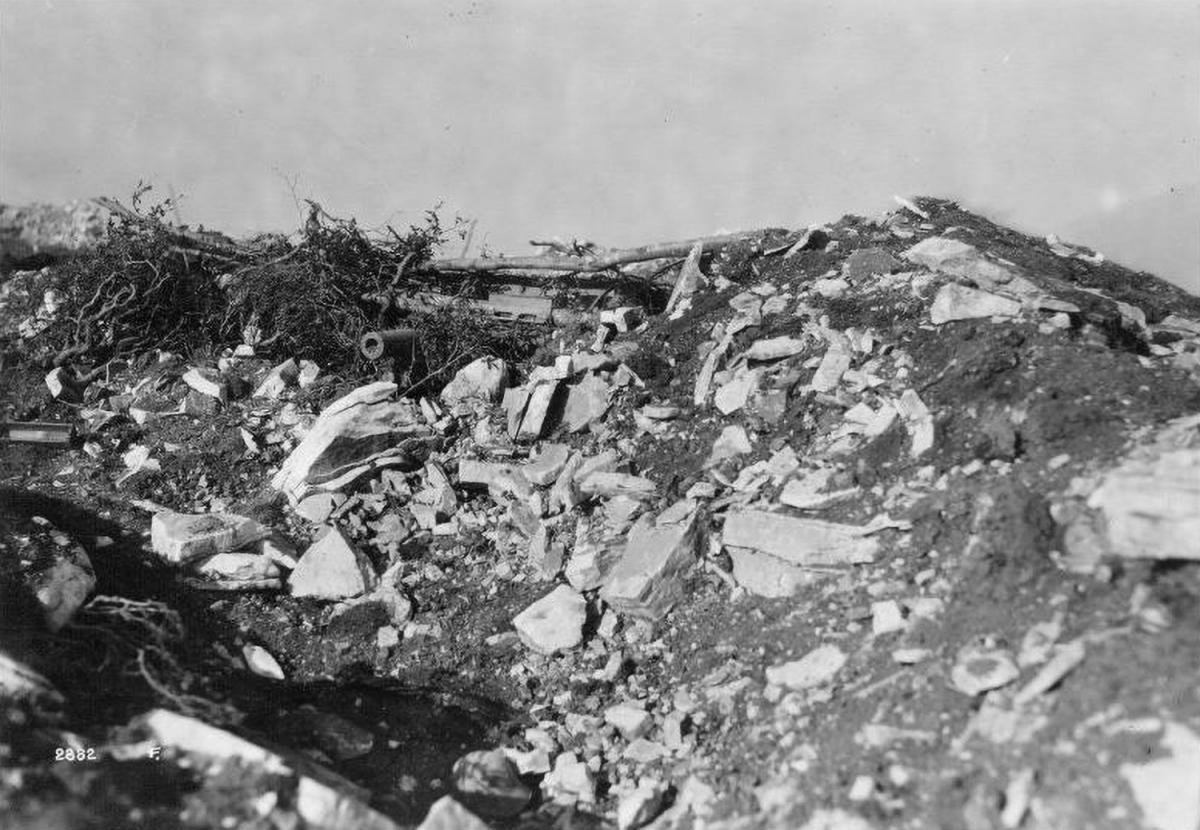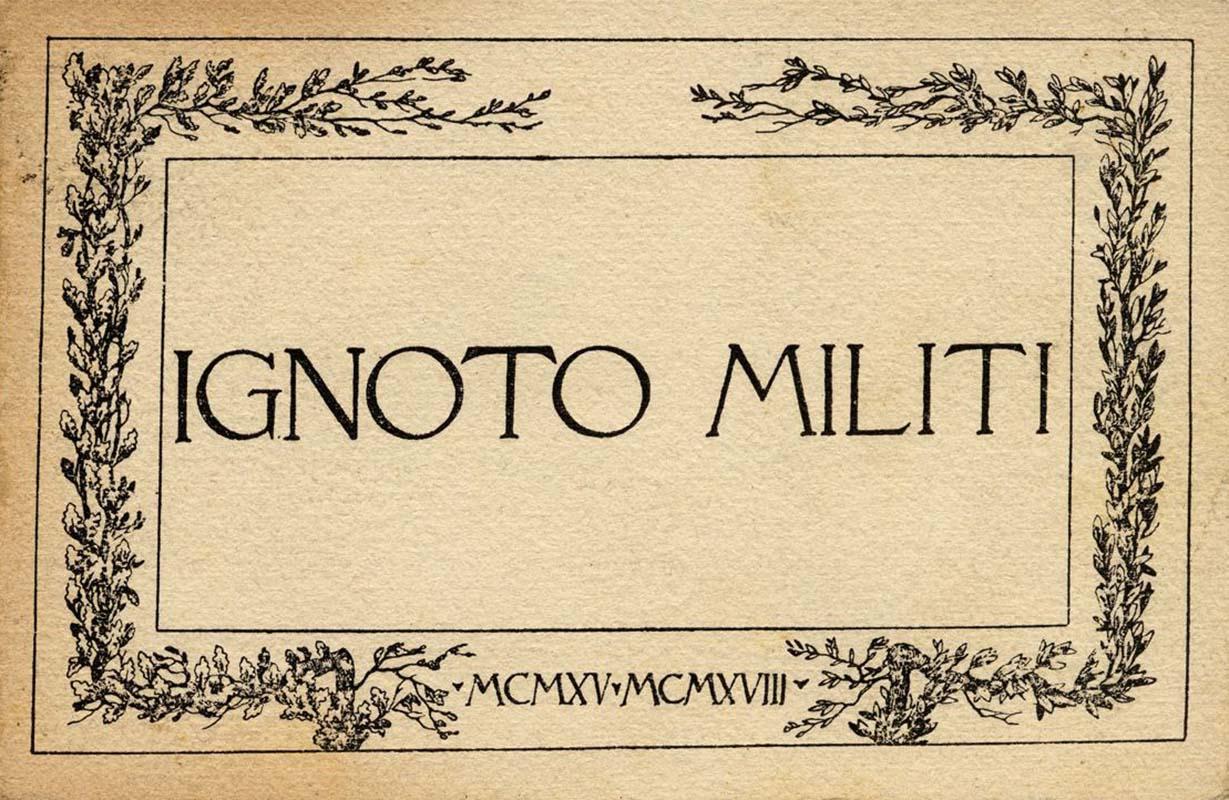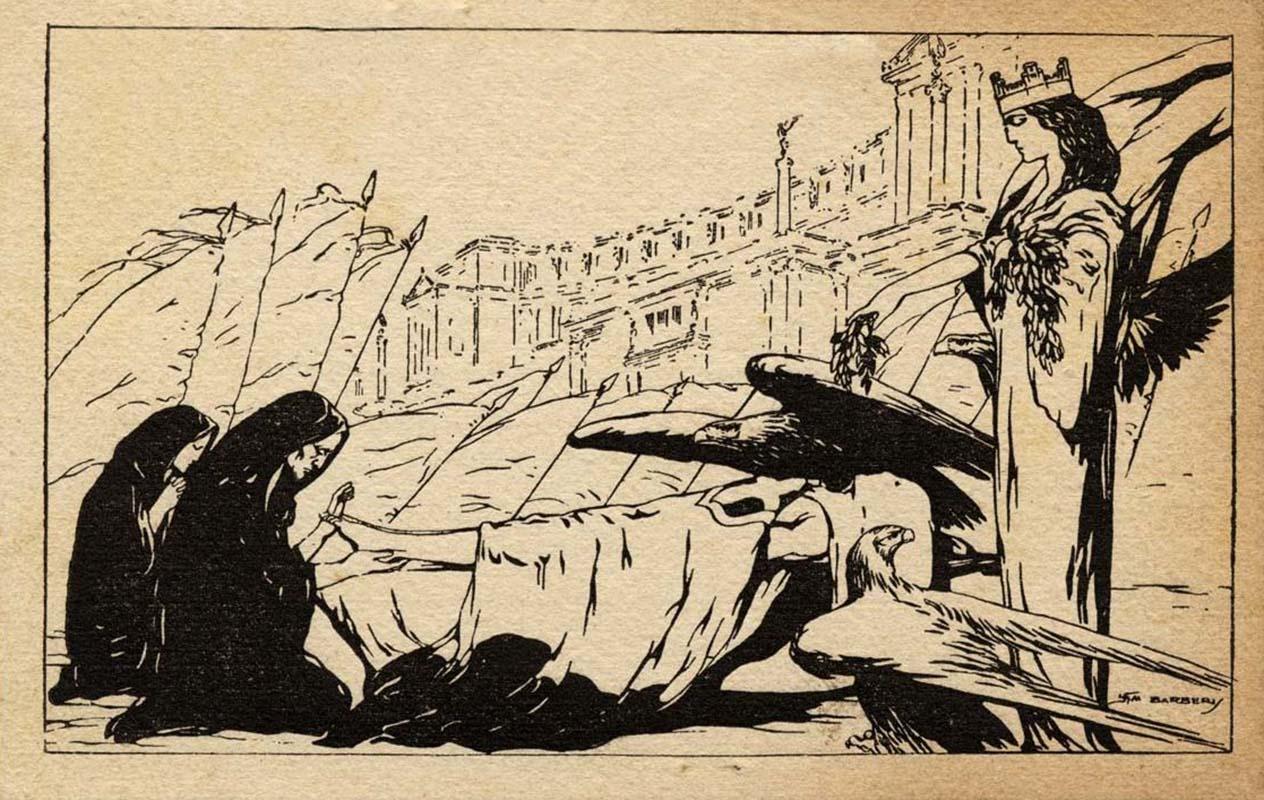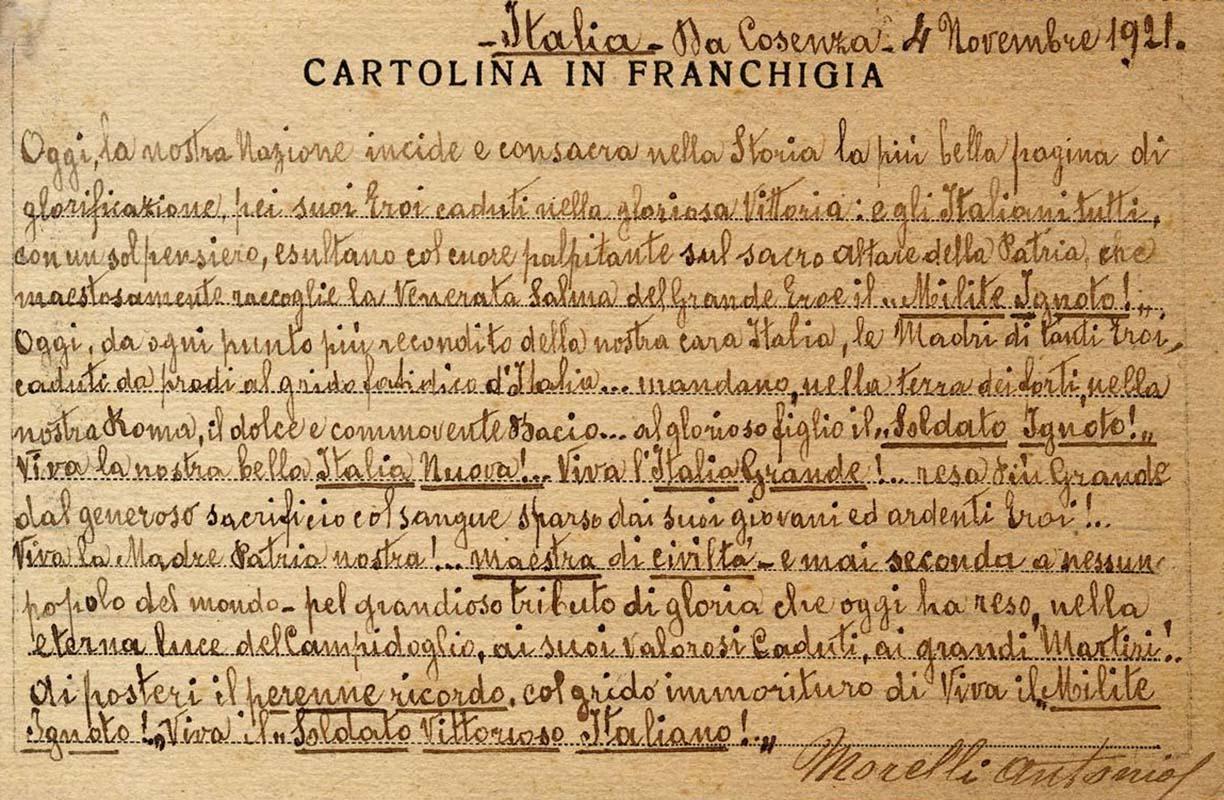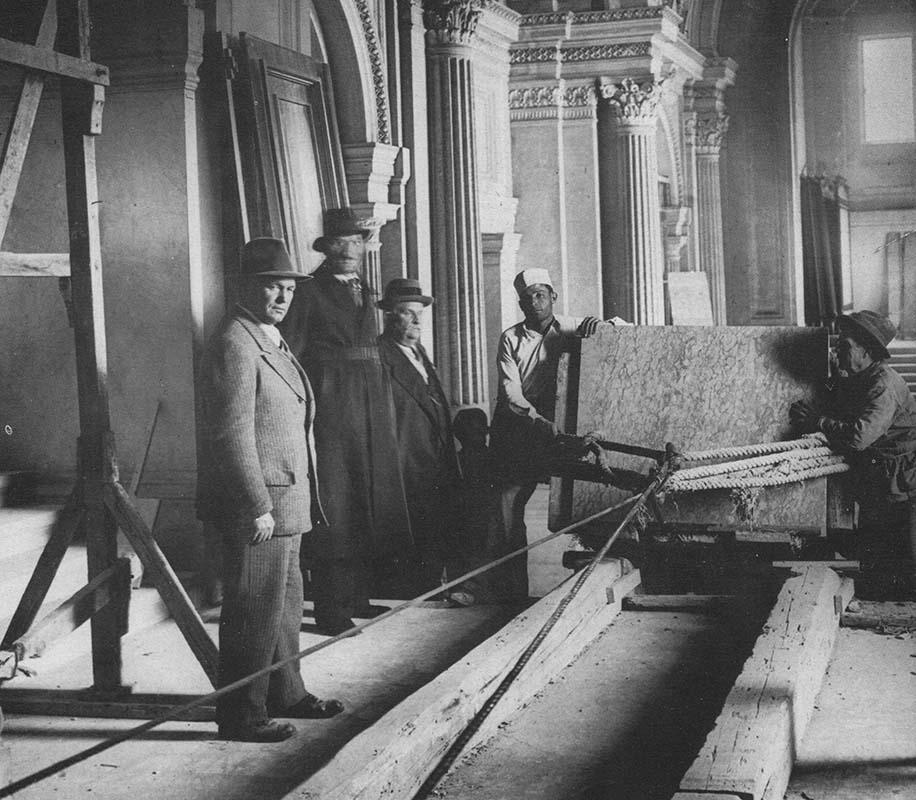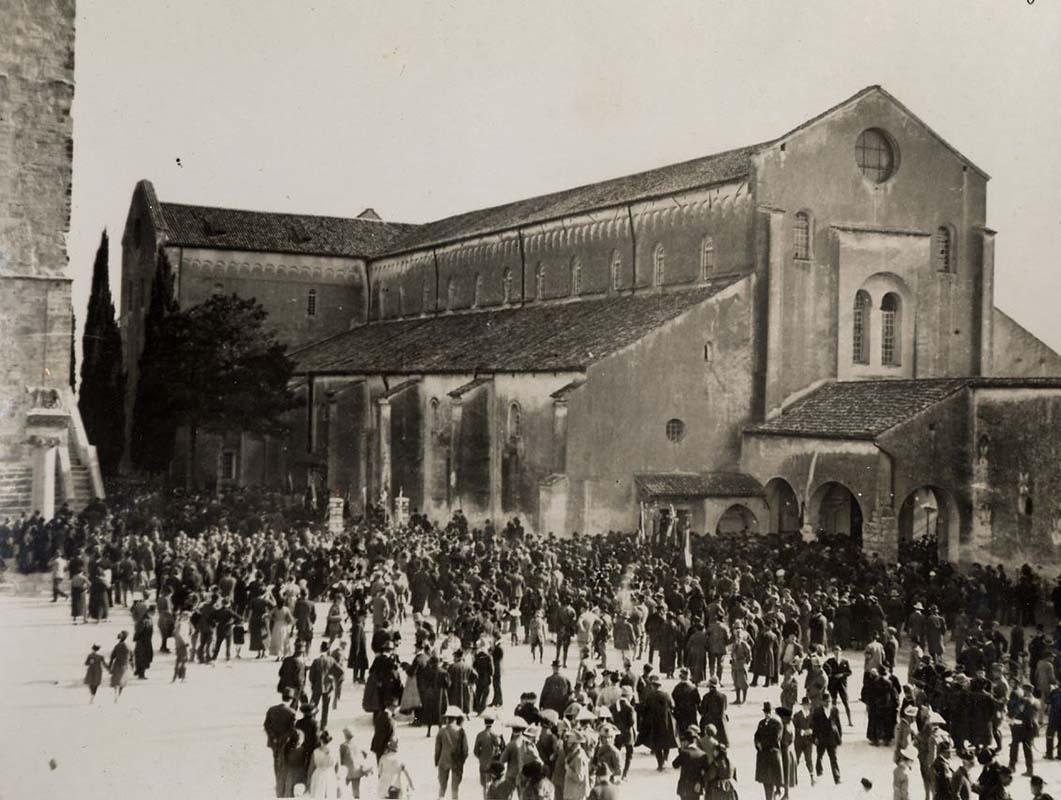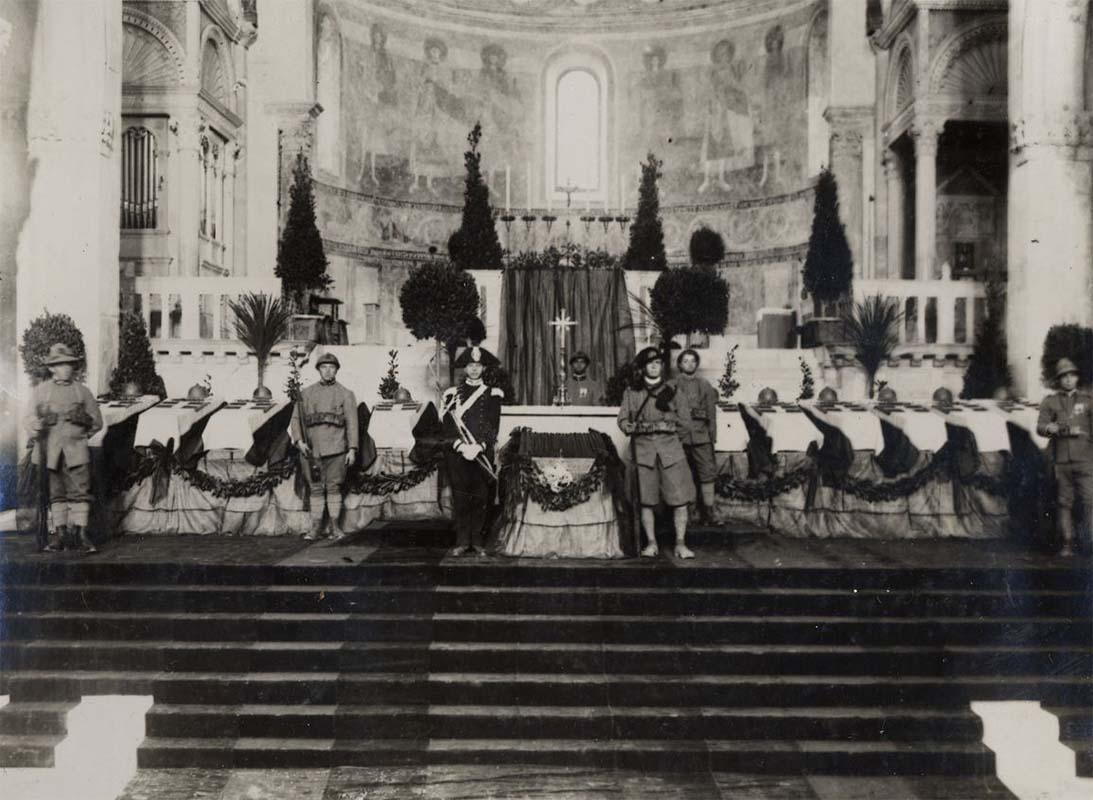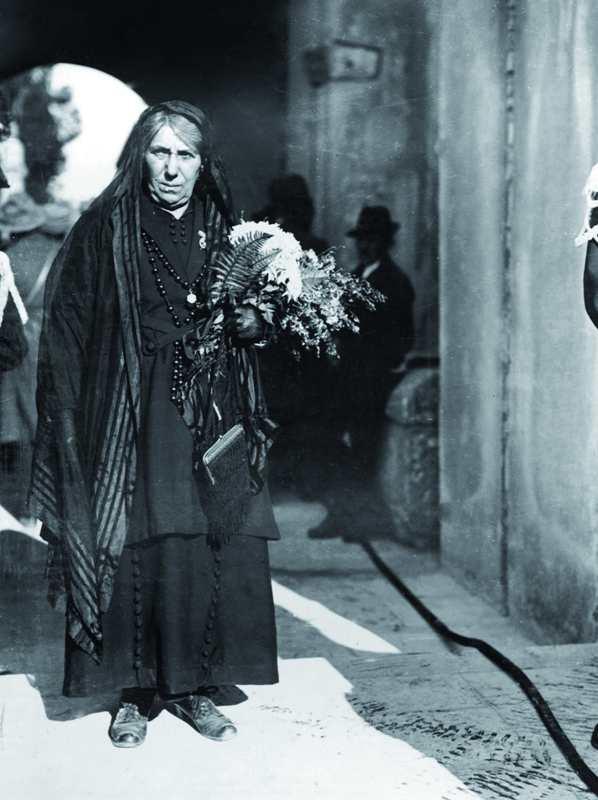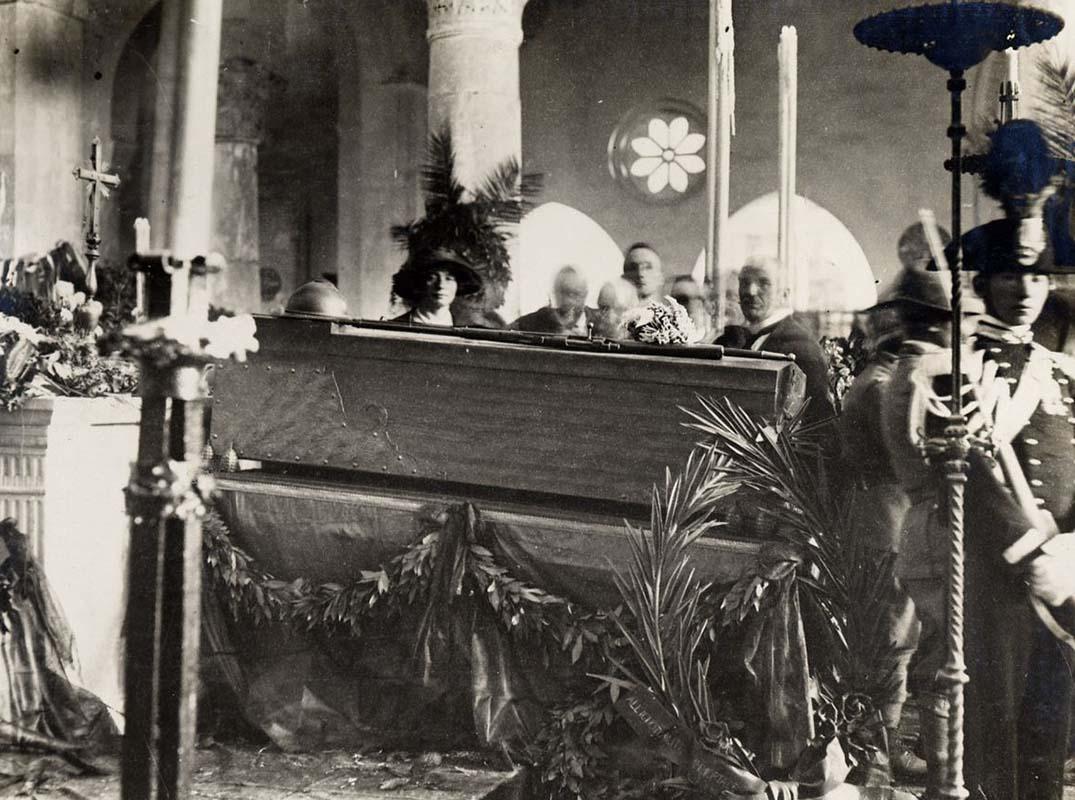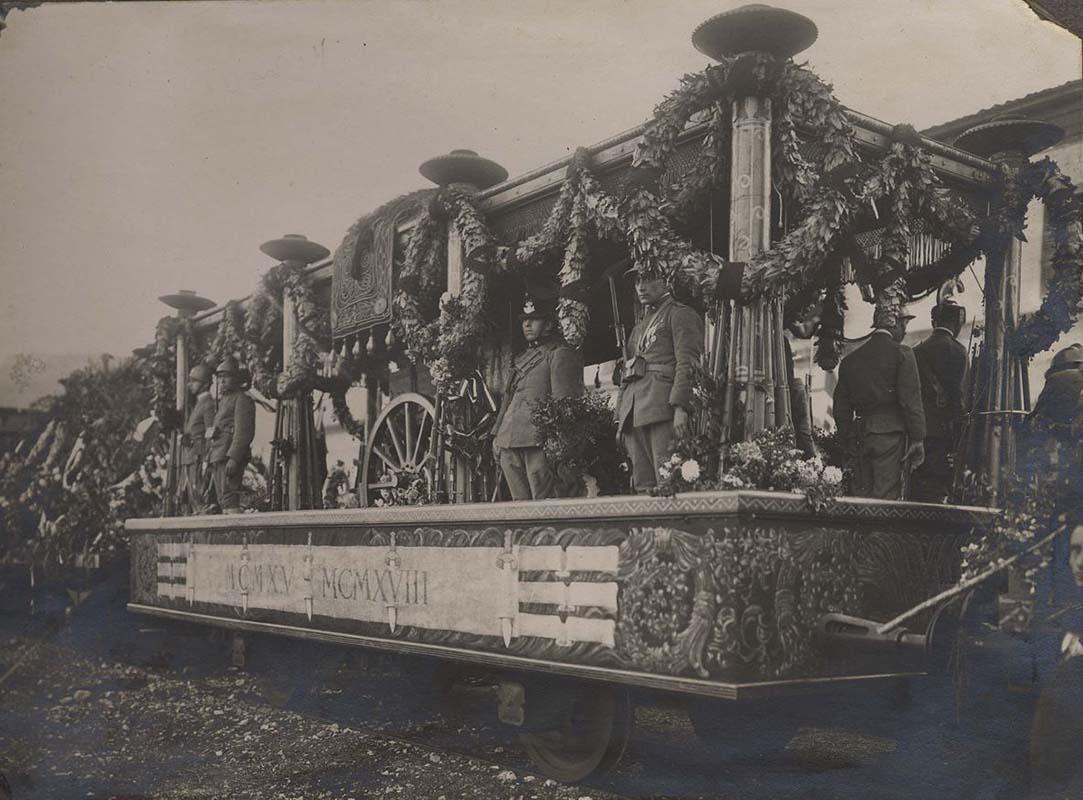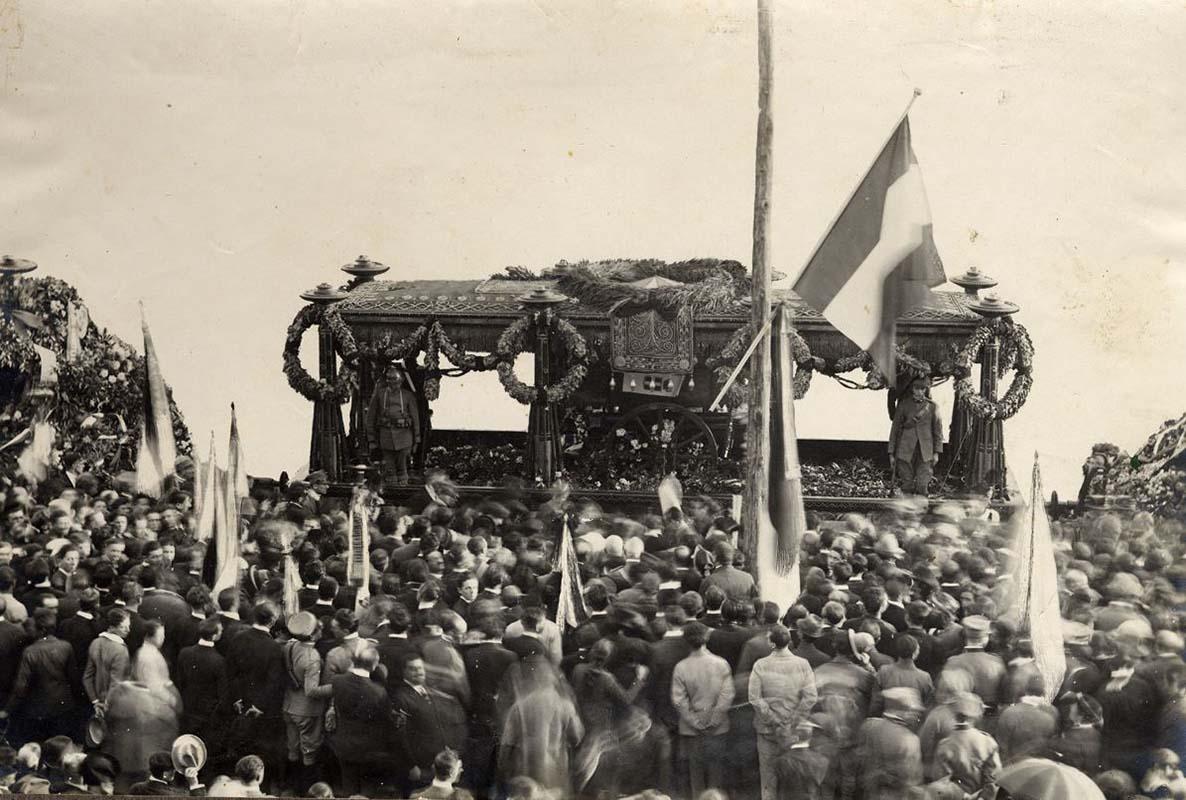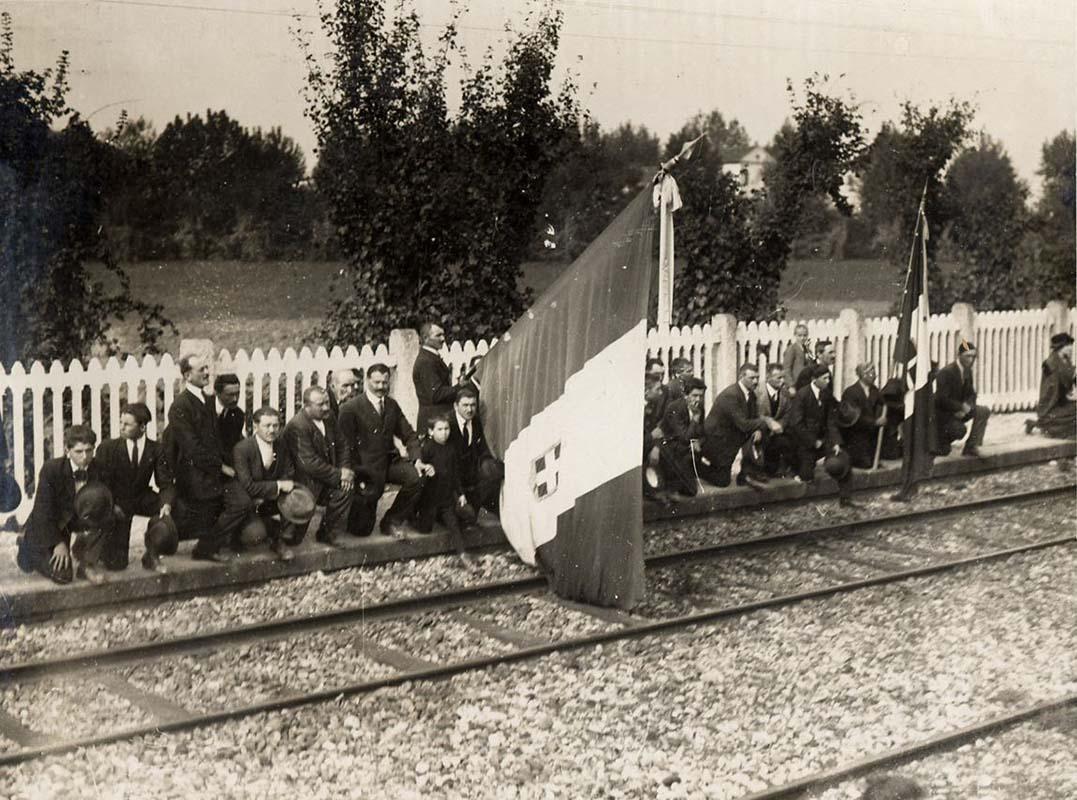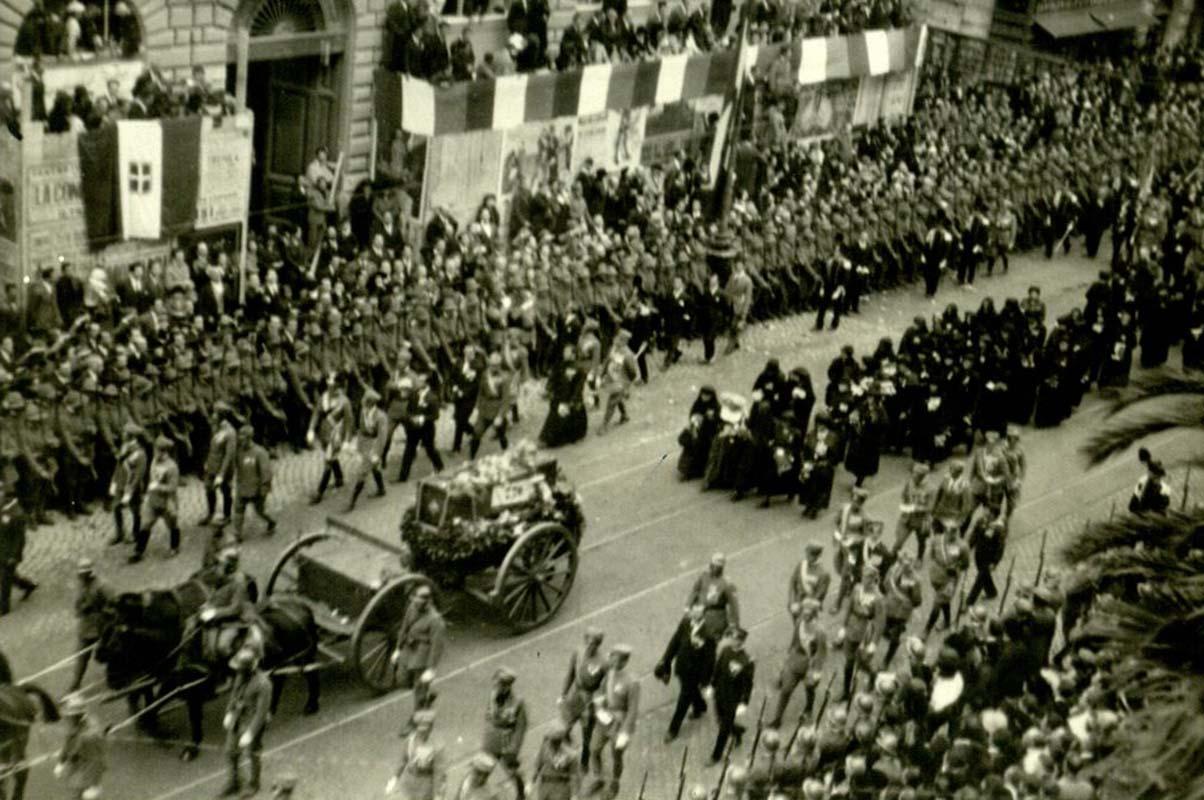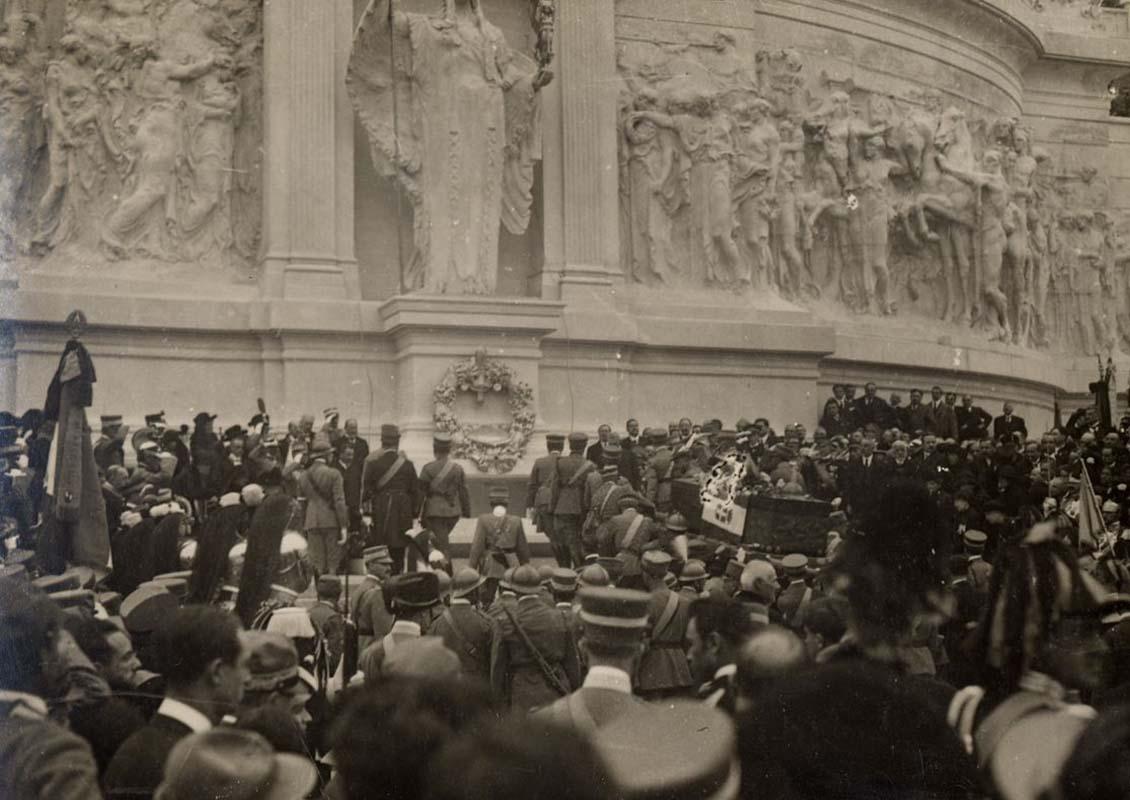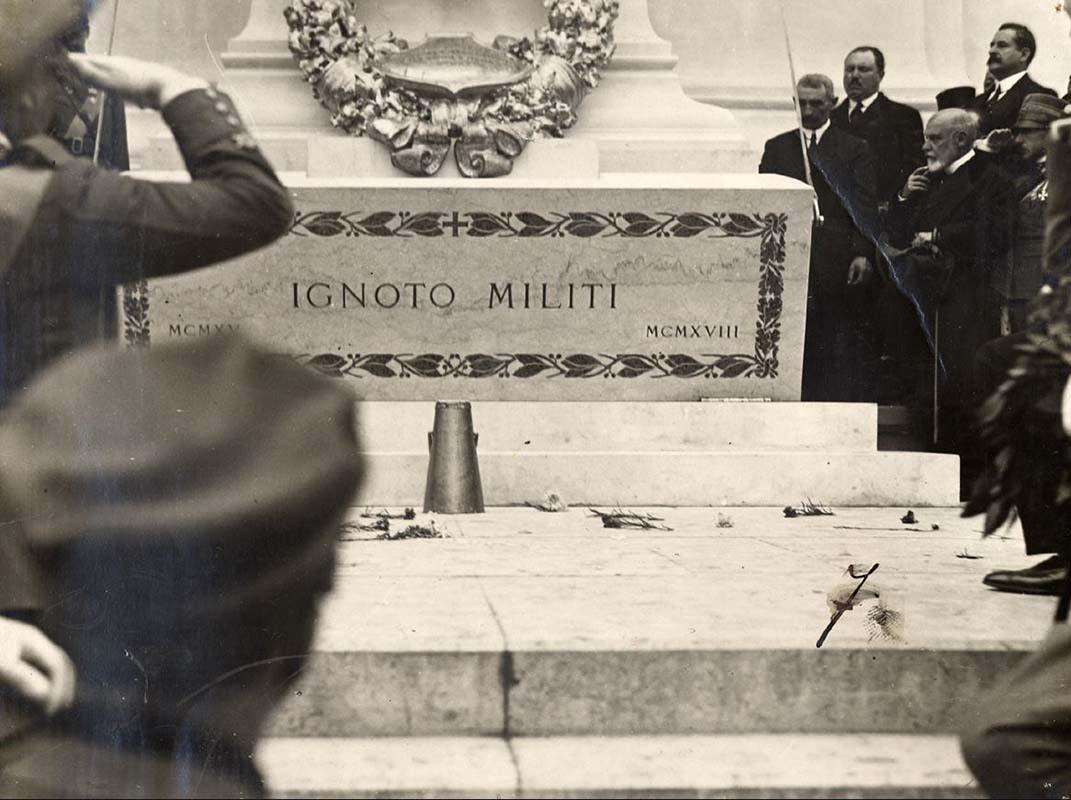The First World War and the Tomb of the Unknown Soldier
With the burial of the Unknown Soldier in the Altar of the Fatherland, in honour of the fallen from the First World War, the Vittoriano also acquired the fuction of a shrine.
Regions such as Venezia Giulia, Venezia Tridentina and Dalmatia, despite being Italian by language and culture, remained outside the unification process for a long time: in the Risorgimento, these areas were referred to as ‘unredeemed’. The issue was resolved to some extent with the First World War, which some historians still consider the Fourth Italian War of Independence.
On 28 July 1921, an Act of Parliament decreed that a monument dedicated to the memory of the fallen in the First World War should be erected and that a block of stone from Mount Grappa be placed in the same location, in remembrance of the epic battle known as the First Battle of the Piave. After initially considering the Pantheon, the project was directed towards the Vittoriano.
Soon the idea of placing the body of an unidentified Italian soldier, the Unknown Soldier, within the Altar of the Fatherland, took shape. At the same time, it was decided that a block of stone from Mount Grappa would be placed on the upper plaza of the monument, along with an inscription of the document written by General Armando Diaz on 4 November 1918, proclaiming victory in the First World War.
A long process was involved in the selection of the Unknown Soldier. A commission first selected eleven unnamed bodies. Subsequently, a woman from Trieste, Maria Bergamas, the mother of an unidentified soldier, during a solemn ceremony in the Cathedral of Aquileia, indicated the corpse that was destined to represent those who had fallen for the fatherland.
The body was transported to Rome on a train that travelled during the night at walking speed, so that people could pay homage to it. After a ceremony in the Basilica of Saint Mary of the Angels, on 4 November 1921, the Day of National Unity and the Armed Forces, a long procession accompanied the coffin to Palazzo Venezia. A million people attended the burial, to the sound of the last post call of trumpets and the peal of bells all over the city.

